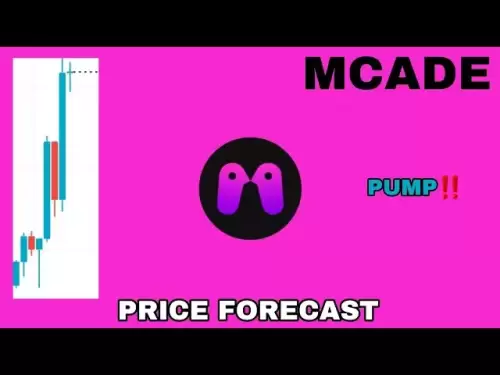-
 Bitcoin
Bitcoin $118,209.3536
1.16% -
 Ethereum
Ethereum $3,151.7546
5.98% -
 XRP
XRP $2.9277
2.35% -
 Tether USDt
Tether USDt $1.0000
0.00% -
 BNB
BNB $689.7099
1.26% -
 Solana
Solana $163.4270
1.91% -
 USDC
USDC $1.0000
0.02% -
 Dogecoin
Dogecoin $0.1983
3.74% -
 TRON
TRON $0.3008
0.51% -
 Cardano
Cardano $0.7435
2.86% -
 Hyperliquid
Hyperliquid $47.6547
-0.48% -
 Stellar
Stellar $0.4625
2.79% -
 Sui
Sui $3.9921
2.71% -
 Chainlink
Chainlink $16.0608
4.23% -
 Hedera
Hedera $0.2348
1.56% -
 Bitcoin Cash
Bitcoin Cash $496.6985
1.25% -
 Avalanche
Avalanche $21.9038
5.41% -
 UNUS SED LEO
UNUS SED LEO $8.8356
-1.88% -
 Shiba Inu
Shiba Inu $0.0...01364
5.31% -
 Toncoin
Toncoin $3.1102
4.35% -
 Litecoin
Litecoin $95.9756
3.59% -
 Polkadot
Polkadot $4.0925
5.78% -
 Monero
Monero $333.7622
-1.44% -
 Uniswap
Uniswap $9.1968
2.25% -
 Bitget Token
Bitget Token $4.6378
6.23% -
 Pepe
Pepe $0.0...01282
6.77% -
 Dai
Dai $1.0002
0.03% -
 Ethena USDe
Ethena USDe $1.0005
0.00% -
 Aave
Aave $329.9143
4.49% -
 Bittensor
Bittensor $441.4995
6.89%
How to adjust the RSI indicator parameters? Does the combination with the K-line pattern reduce noise?
Adjusting RSI parameters and combining them with K-line patterns can enhance trading decisions by reducing noise and confirming signals in the crypto market.
Jun 03, 2025 at 03:49 am
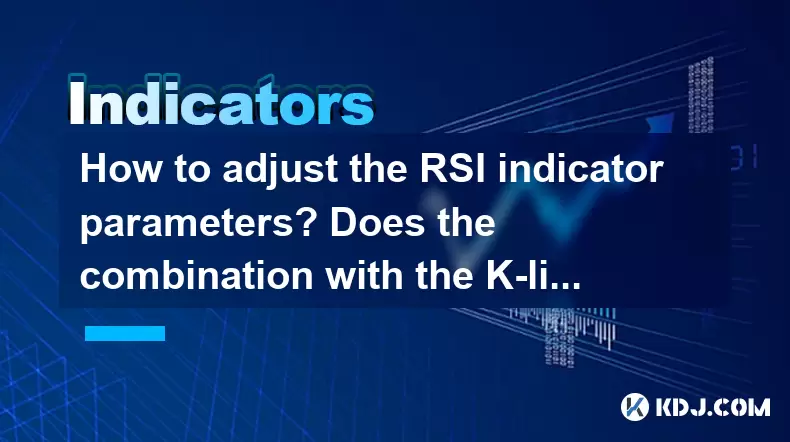
The Relative Strength Index (RSI) is a popular momentum oscillator used by traders to identify overbought and oversold conditions in the cryptocurrency market. Adjusting the RSI indicator parameters and combining it with K-line patterns can significantly enhance a trader's ability to make informed decisions. This article will explore how to adjust the RSI parameters and discuss whether combining it with K-line patterns can reduce noise in trading signals.
Understanding the RSI Indicator
The RSI, or Relative Strength Index, is a technical indicator that measures the speed and change of price movements. It oscillates between 0 and 100, typically using a 14-day period as the default setting. The RSI is used to identify potential reversals in the market by signaling when an asset may be overbought or oversold.
- Overbought: When the RSI value exceeds 70, it suggests that the asset might be overbought and due for a price correction.
- Oversold: When the RSI value falls below 30, it indicates that the asset might be oversold and could be poised for a price increase.
Adjusting RSI Parameters
Adjusting the RSI parameters can help traders tailor the indicator to their specific trading style and the volatility of the cryptocurrency they are analyzing. The most common parameter to adjust is the period length.
- Shortening the Period: Reducing the period (e.g., from 14 to 7 days) makes the RSI more sensitive to recent price changes. This can be useful in fast-moving markets where quick reactions are necessary. However, it may also increase the number of false signals.
- Lengthening the Period: Increasing the period (e.g., from 14 to 21 days) makes the RSI less sensitive to recent price changes. This can be beneficial in less volatile markets, providing more reliable signals but potentially missing out on short-term opportunities.
To adjust the RSI parameters on most trading platforms, follow these steps:
- Locate the RSI Indicator: Find the RSI indicator in your trading platform's list of technical indicators.
- Open Settings: Click on the settings or properties option for the RSI indicator.
- Adjust the Period: Change the period value to your desired length (e.g., 7, 14, or 21 days).
- Apply Changes: Confirm the changes and apply them to your chart.
Combining RSI with K-line Patterns
K-line patterns, also known as candlestick patterns, provide visual insights into market sentiment and potential price movements. Combining RSI with K-line patterns can help traders filter out noise and improve the accuracy of their trading signals.
- Bullish Engulfing Pattern: When a bullish engulfing pattern appears on the K-line chart and the RSI is in the oversold territory (below 30), it can be a strong signal for a potential upward price movement.
- Bearish Engulfing Pattern: Conversely, a bearish engulfing pattern combined with an RSI in the overbought territory (above 70) can indicate a potential downward price movement.
Reducing Noise with RSI and K-line Patterns
Combining RSI with K-line patterns can help reduce noise by confirming signals from both indicators. When both indicators align, the likelihood of a false signal decreases, providing traders with more reliable entry and exit points.
- Confirmation of Signals: For example, if the RSI indicates an oversold condition and a bullish engulfing pattern appears, it strengthens the case for a potential bullish reversal. This dual confirmation reduces the chance of acting on a false signal.
- Filtering Out Weak Signals: If the RSI suggests an overbought condition but there is no corresponding bearish K-line pattern, traders might choose to wait for additional confirmation before acting on the signal.
Practical Application of RSI and K-line Patterns
To effectively use RSI and K-line patterns in your trading strategy, consider the following steps:
- Set Up Your Chart: Ensure your trading platform is set up with both the RSI indicator and a clear view of K-line patterns.
- Monitor RSI Levels: Keep an eye on the RSI values, noting when they enter overbought or oversold territory.
- Identify K-line Patterns: Regularly scan your chart for recognizable K-line patterns such as bullish or bearish engulfing patterns.
- Look for Alignment: When the RSI and K-line patterns align, consider these as potential trading opportunities. For instance, an RSI below 30 combined with a bullish engulfing pattern could signal a buy opportunity.
- Confirm with Volume: Additionally, check the trading volume to confirm the strength of the signal. Higher volume during these patterns can reinforce the validity of the signal.
Examples of RSI and K-line Pattern Combinations
Here are a few examples of how RSI and K-line patterns can be used together in real trading scenarios:
- Example 1: A cryptocurrency's price has been declining, and the RSI drops to 28, indicating an oversold condition. A bullish engulfing pattern appears on the K-line chart. This combination suggests a potential reversal to the upside, prompting traders to consider a long position.
- Example 2: After a period of rapid price increase, the RSI climbs to 72, signaling an overbought condition. A bearish engulfing pattern then forms on the K-line chart. This could be a signal for traders to consider taking profits or entering a short position.
FAQs
Q1: Can adjusting the RSI period affect its reliability?
A1: Yes, adjusting the RSI period can impact its reliability. Shortening the period increases sensitivity to recent price changes, which may lead to more frequent but potentially less reliable signals. Lengthening the period makes the RSI less sensitive, potentially providing more reliable signals but at the cost of missing short-term opportunities.
Q2: Are there other indicators that can be used in conjunction with RSI and K-line patterns?
A2: Yes, other indicators such as the Moving Average Convergence Divergence (MACD) and Bollinger Bands can be used alongside RSI and K-line patterns to further confirm trading signals. Each indicator provides different insights, and combining them can help traders make more informed decisions.
Q3: How can traders avoid false signals when using RSI and K-line patterns?
A3: Traders can avoid false signals by waiting for confirmation from multiple indicators. For instance, if the RSI and K-line patterns align, checking the trading volume can provide additional confirmation. Additionally, using longer time frames for analysis can help filter out short-term noise and focus on more significant trends.
Q4: Is it necessary to use both RSI and K-line patterns for all trading decisions?
A4: While combining RSI and K-line patterns can enhance trading decisions, it is not necessary to use both for every trade. Depending on the market conditions and the trader's strategy, one might rely more heavily on one indicator over the other. However, using both can provide a more comprehensive view of market conditions and potentially improve the accuracy of trading signals.
Disclaimer:info@kdj.com
The information provided is not trading advice. kdj.com does not assume any responsibility for any investments made based on the information provided in this article. Cryptocurrencies are highly volatile and it is highly recommended that you invest with caution after thorough research!
If you believe that the content used on this website infringes your copyright, please contact us immediately (info@kdj.com) and we will delete it promptly.
- Crypto ROI Revolution: Is BFX the Next Big Thing?
- 2025-07-16 21:30:13
- Dogecoin, HBAR, and Partnerships: A Tale of Memes vs. Utility
- 2025-07-16 21:30:13
- Cha-Ching! That £2 Coin Could Be Worth a Mint!
- 2025-07-16 22:10:12
- Meme Coin Mania Meets Crypto Payroll & Burger Bites: A New York Minute on the Latest Trends
- 2025-07-16 22:10:13
- China Gold Market: Investment and Focus in 2025
- 2025-07-16 22:15:13
- FxWirePro: Token Unlock Tsunami – Navigating the ARBUSD Waters
- 2025-07-16 22:15:13
Related knowledge
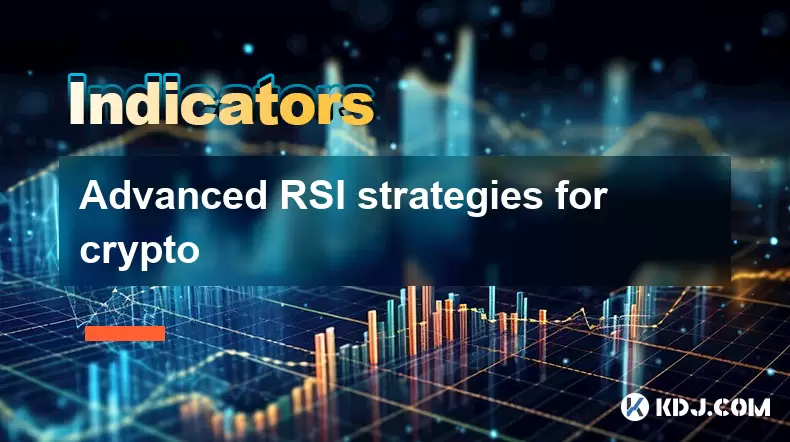
Advanced RSI strategies for crypto
Jul 13,2025 at 11:01am
Understanding the Basics of RSI in Cryptocurrency TradingThe Relative Strength Index (RSI) is a momentum oscillator used to measure the speed and chan...
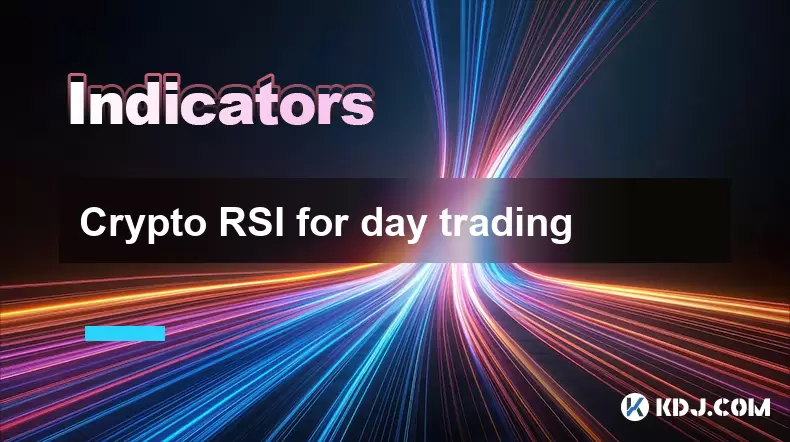
Crypto RSI for day trading
Jul 12,2025 at 11:14am
Understanding RSI in the Context of Cryptocurrency TradingThe Relative Strength Index (RSI) is a momentum oscillator used to measure the speed and cha...
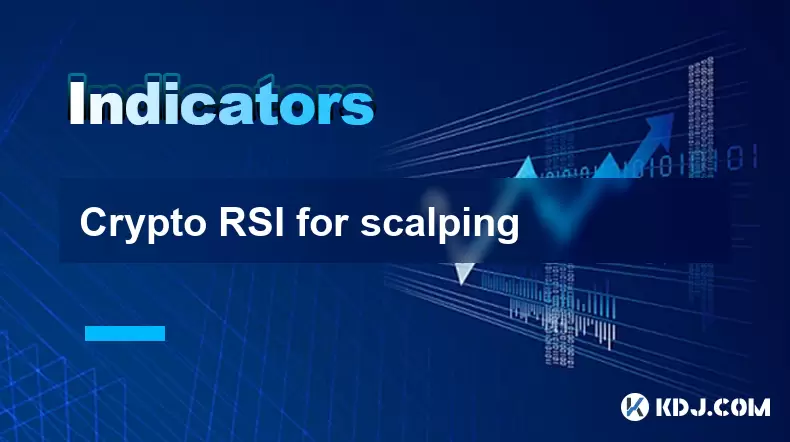
Crypto RSI for scalping
Jul 12,2025 at 11:00pm
Understanding RSI in the Context of Crypto TradingThe Relative Strength Index (RSI) is a momentum oscillator widely used by traders to measure the spe...
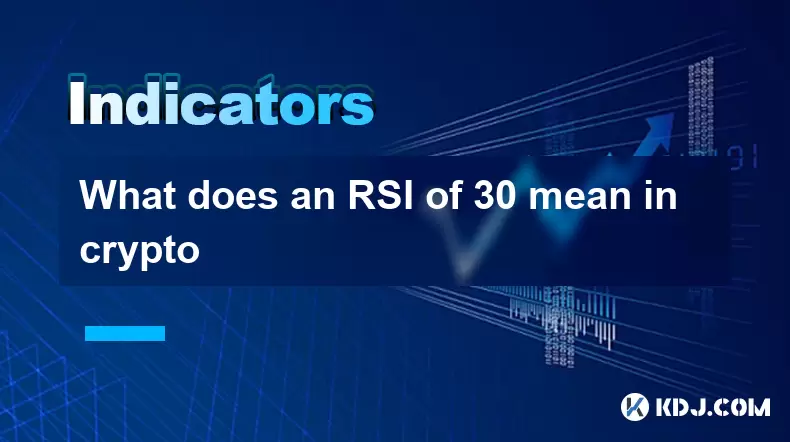
What does an RSI of 30 mean in crypto
Jul 15,2025 at 07:07pm
Understanding RSI in Cryptocurrency TradingRelative Strength Index (RSI) is a momentum oscillator widely used in cryptocurrency trading to measure the...
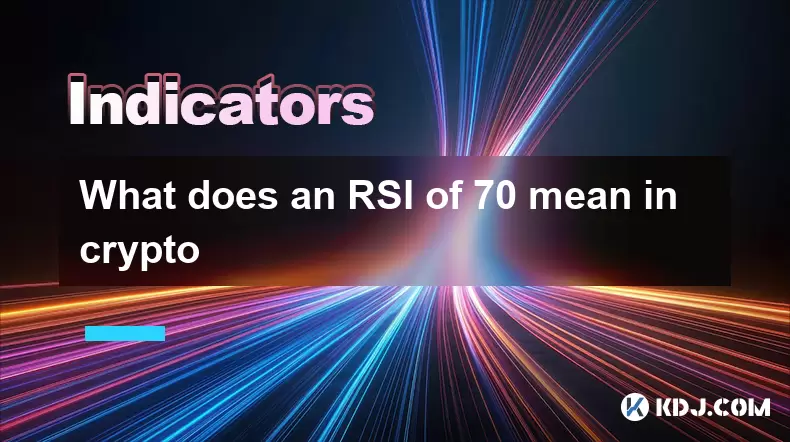
What does an RSI of 70 mean in crypto
Jul 13,2025 at 06:07pm
Understanding the RSI Indicator in Cryptocurrency TradingThe Relative Strength Index (RSI) is a widely used technical analysis tool that helps traders...
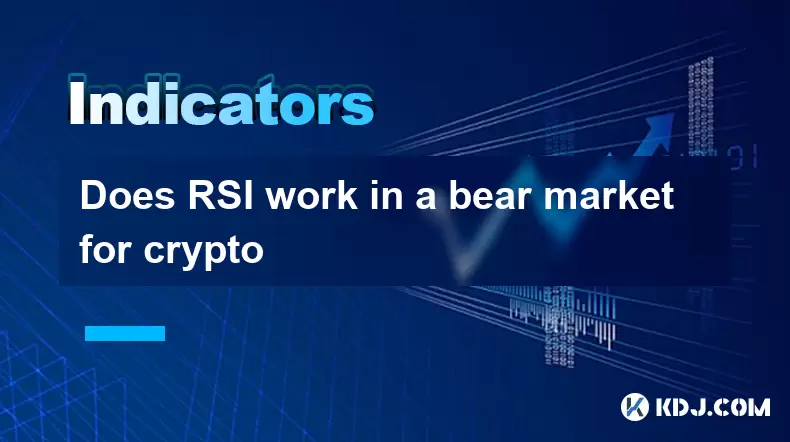
Does RSI work in a bear market for crypto
Jul 16,2025 at 01:36pm
Understanding RSI in Cryptocurrency TradingThe Relative Strength Index (RSI) is a momentum oscillator used by traders to measure the speed and change ...

Advanced RSI strategies for crypto
Jul 13,2025 at 11:01am
Understanding the Basics of RSI in Cryptocurrency TradingThe Relative Strength Index (RSI) is a momentum oscillator used to measure the speed and chan...

Crypto RSI for day trading
Jul 12,2025 at 11:14am
Understanding RSI in the Context of Cryptocurrency TradingThe Relative Strength Index (RSI) is a momentum oscillator used to measure the speed and cha...

Crypto RSI for scalping
Jul 12,2025 at 11:00pm
Understanding RSI in the Context of Crypto TradingThe Relative Strength Index (RSI) is a momentum oscillator widely used by traders to measure the spe...

What does an RSI of 30 mean in crypto
Jul 15,2025 at 07:07pm
Understanding RSI in Cryptocurrency TradingRelative Strength Index (RSI) is a momentum oscillator widely used in cryptocurrency trading to measure the...

What does an RSI of 70 mean in crypto
Jul 13,2025 at 06:07pm
Understanding the RSI Indicator in Cryptocurrency TradingThe Relative Strength Index (RSI) is a widely used technical analysis tool that helps traders...

Does RSI work in a bear market for crypto
Jul 16,2025 at 01:36pm
Understanding RSI in Cryptocurrency TradingThe Relative Strength Index (RSI) is a momentum oscillator used by traders to measure the speed and change ...
See all articles
























